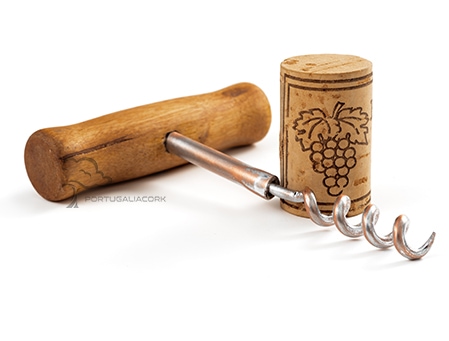Cork stopper types and sizes
Ensuring the safe and effective bottling of your product is of paramount importance, and when it comes to cork stoppers, there are several crucial aspects that must be taken into consideration. It is highly recommended that you follow certain guidelines and properly prepare the bottling process in advance to ensure the highest performance from your cork closure. By carefully adhering to these recommendations, you can be confident in the quality of your product and the reliability of the cork stopper. To assist you in this process, we invite you to discover all of the different types of cork stoppers that we offer at Portugaliacork. Our commitment to providing exceptional cork stoppers and unparalleled customer service makes us the preferred choice for discerning bottlers worldwide.
Seceting the right cork stopper types

Define the cork stopper size
The size of cork stoppers depends on the internal profile of the bottle, bottling environment and wine characteristics.
The “C dimension” is the term used by most of glass companies to report internal diameter at the top 5 mm from the mouth of the wine bottle.
It is important to verify the diameter measurements further down the neck bottle interior.
Irregular diameter or excessive taper can be a matter of design or manufacturing variance. Too wide bottleneck interior at the bottom of the cork can compromise the overall performance of the cork including sealing.
Wine may seep around the sides of the cork or even leak. Also the aging process might be impacted and the wine quality can be affected.
It is recommended that the internal diameter at the bottom of the cork does not exceed 21mm.
For regular wines the diameter of the stopper should be 5.5 mm greater than the mean nominal through-bore of the bottle neck. For wines of more pressure inside bottle, such as sparkling wines, it is recommended to use cork stoppers with 25 or 26 mm diameter.
The length of cork stopper should be selected in accordance with wine type, bottle filling height and wine characteristics.
For high quality aging wines it is recommended to use cork stoppers with 45 mm or 49 mm length.
Handling and storage of cork stoppers
After you have packed your cork stoppers, it is highly recommended that you store them in places where the temperature ranges from 10º to 20º Celsius. At the same time, you should aim for relative air humidity levels of between 50% and 70%. Taking these measures helps to prevent cork stoppers surface treatment contamination, which could otherwise hinder their performance.
It is also important to know that the cork stoppers average humidity level should typically lie between 4% and 8%. In case you come across stoppers that are below or above target moisture levels, it is advisable to remove them from your bottling process and return them to your supplier. This will enable them to address the issue and take the necessary corrective action. By following these guidelines, your cork stoppers will remain in the best possible condition during storage, leading to smoother bottling operations.


